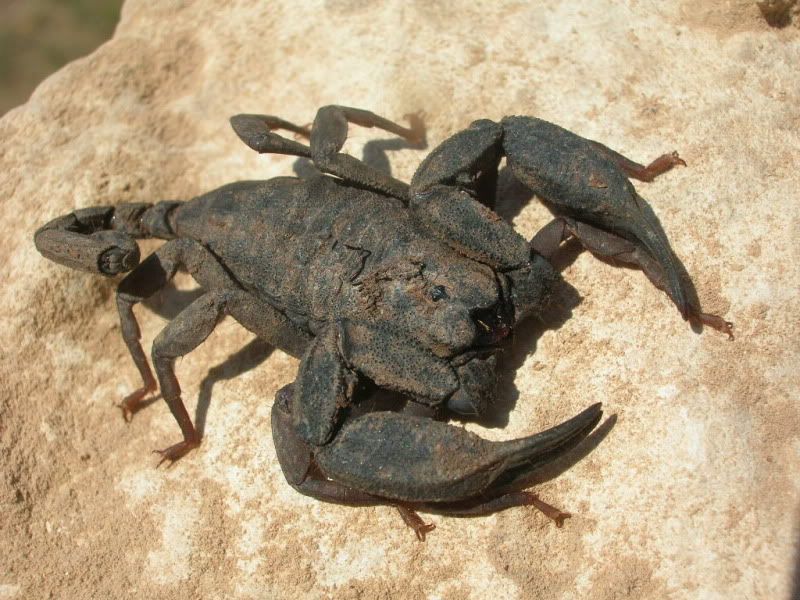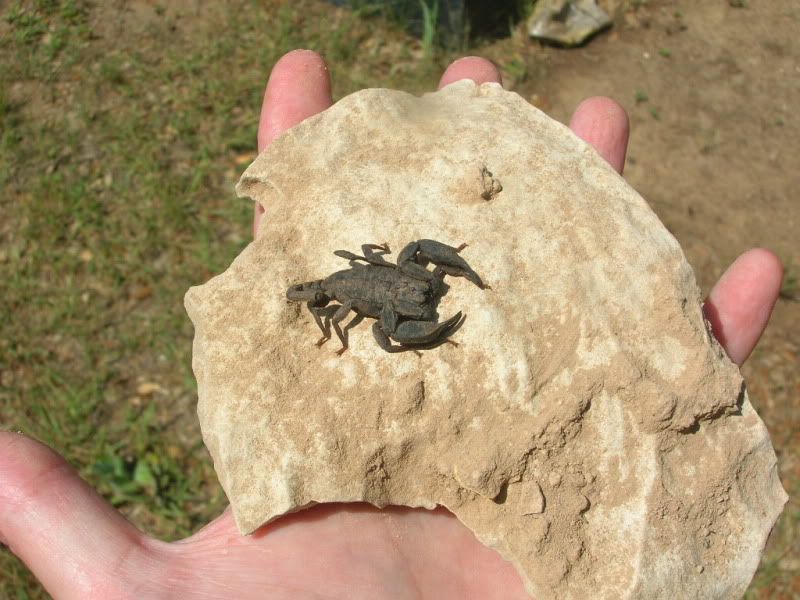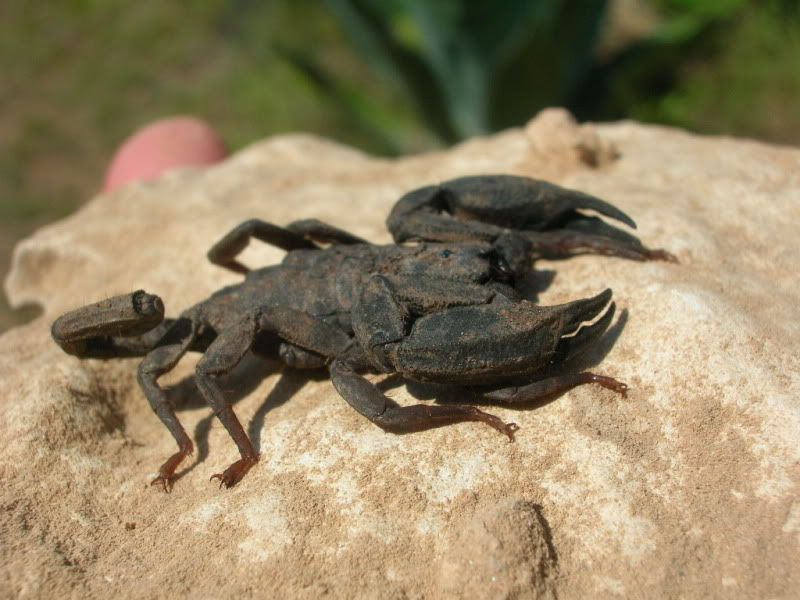- Joined
- Jul 4, 2005
- Messages
- 8,982
Dang!, I did it again. So does anybody know the species name? They are in from China.









yeah it could be, but there are only two species from that family in China. Also, most Chaerilidae I have seen or heard about are small. Like, the size of a quarter. Not saying that you're wrong, just that we dont really know, and given its size, the limited number of species from that family found in China, and the size of the specimen pictured I just think it is more likely to be from the Euscorpiidae family.definetly a Chaerilid by the looks of it. not sure on the species.
i orginally thought that too, but then I remebered how small both the species of Liocheles I owned have been small.It could be a Liocheles sp. Since 2 of the liocheles sp. can be found in Asia. China is in Asia. by the looks of it it really looks like Liocheles sp. and its a male.
If you own the image/copyright you are ok to tag it too! The rule is to protect the copyrights of the photographer/image owner.http://www.ub.ntnu.no/scorpion-files/scorpiops_thailand1.jpg
Note - I realize it is a picture from the Scorpion Files. I linked to it, I didn't post it with image tags, that is allowable as per the stickied rule at the top of the thread so don't get in a tizzy and report me or something
Yeah and Yeah-ahh!So I did it right, right?
you would think i know after 6 years on the board lol.